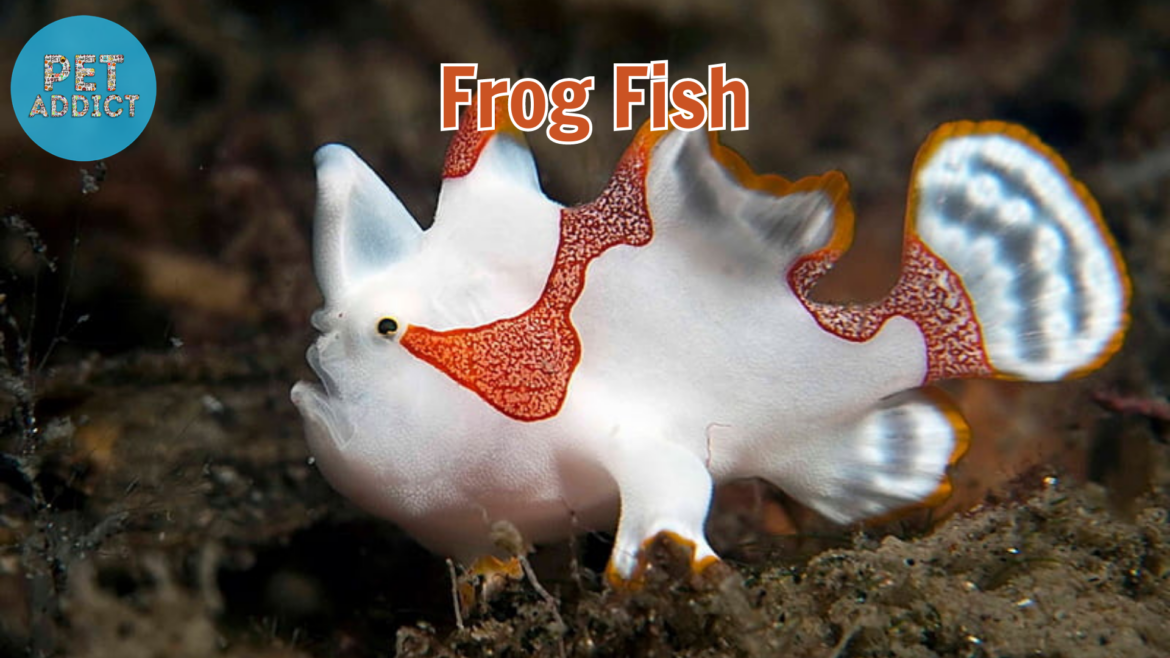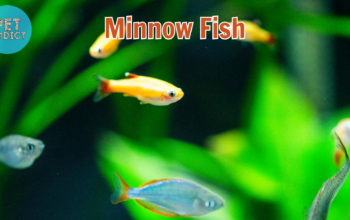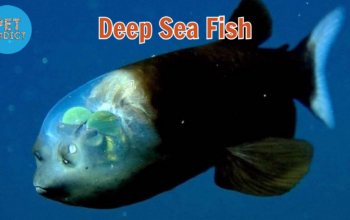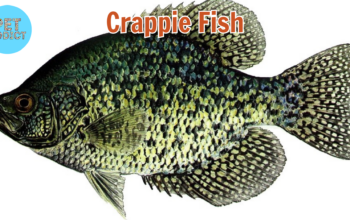Frogfish, with their bizarre appearance and incredible camouflaging abilities, are among the most fascinating creatures found in the depths of the ocean. In this article, we’ll dive into the intriguing world of frog fish, exploring their unique characteristics, hunting strategies, and the captivating mystery that surrounds these remarkable underwater predators.
PetAddict.net – The best place where you can find everything about your pet!
Introduction to Frog fish
Frog fish belong to the family Antennariidae and are known for their peculiar appearance that combines elements of both fish and amphibians. These masters of disguise are found in various marine habitats, ranging from tropical reefs to sandy bottoms.
Camouflage and Appearance

Frog fish are renowned for their remarkable ability to blend into their surroundings:
- Variety of Forms: Frog fish come in a range of colors, patterns, and shapes, allowing them to mimic corals, sponges, rocks, and even pieces of debris.
- Illuminated Lure: Some frog fish have a unique lure resembling a worm or small fish that they use to attract prey. This lure wiggles enticingly, drawing unsuspecting prey within striking range.
Hunting Techniques
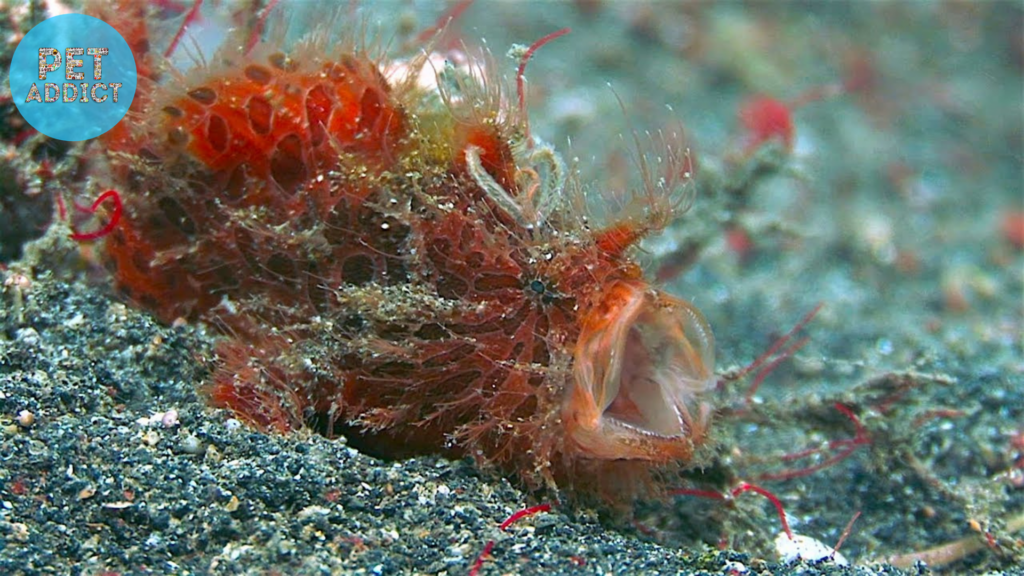
Frogfish are ambush predators that employ ingenious tactics to secure their meals:
- Imitation: By imitating inanimate objects, frogfish create the illusion of being part of their surroundings, allowing them to surprise unsuspecting prey.
- Suction Feeding: Frogfish have a large mouth that can expand rapidly. They create a vacuum within their mouth, sucking in prey with astonishing speed and accuracy.
Diversity in Behavior
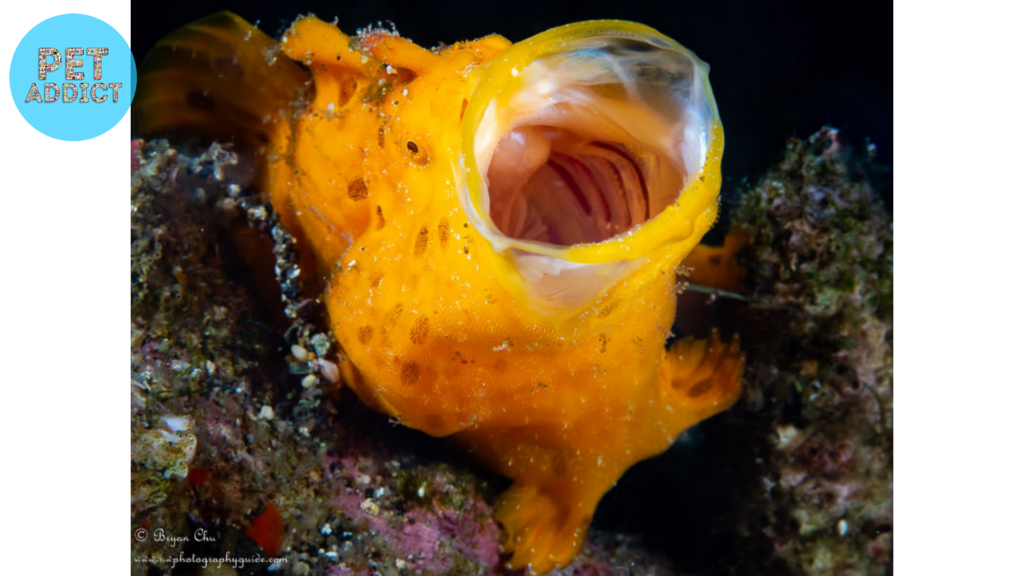
Frog fish exhibit a range of behaviors that add to their mystique:
- Walking: Some frogfish use their pectoral fins to “walk” along the ocean floor, further enhancing their camouflage.
- Unconventional Movement: Their swimming style is slow and unconventional, using a combination of dorsal and anal fins.
Habitat and Distribution
Frogfish inhabit tropical and subtropical waters, often preferring areas with ample hiding spots. They can be found in coral reefs, seagrass beds, and sandy substrates.
Conservation and Protection
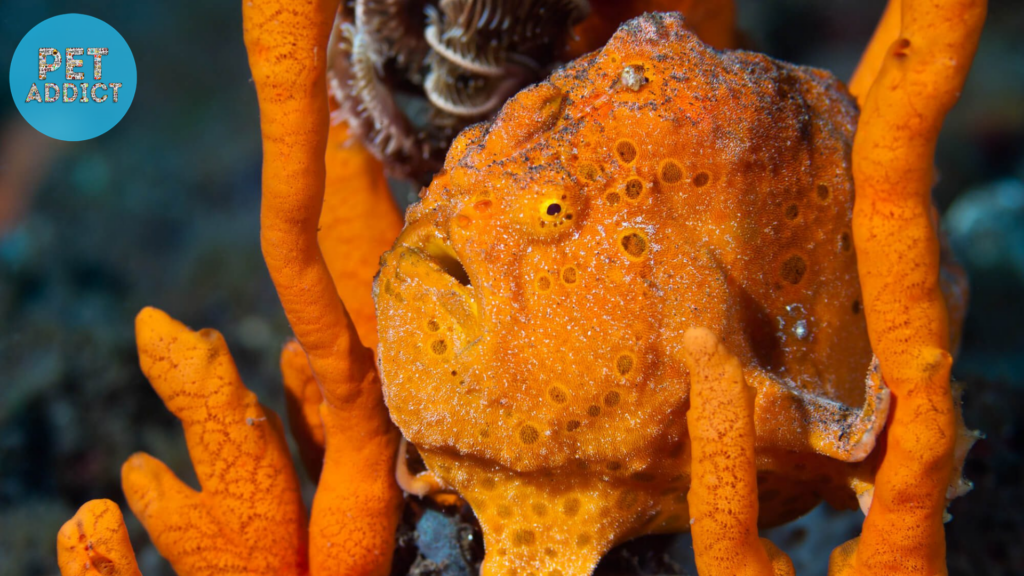
Although frogfish are not typically targeted by fisheries, they can be affected by habitat destruction and pollution. Conservation efforts focused on protecting their habitats contribute to preserving these unique creatures.
Fascination and Conservation
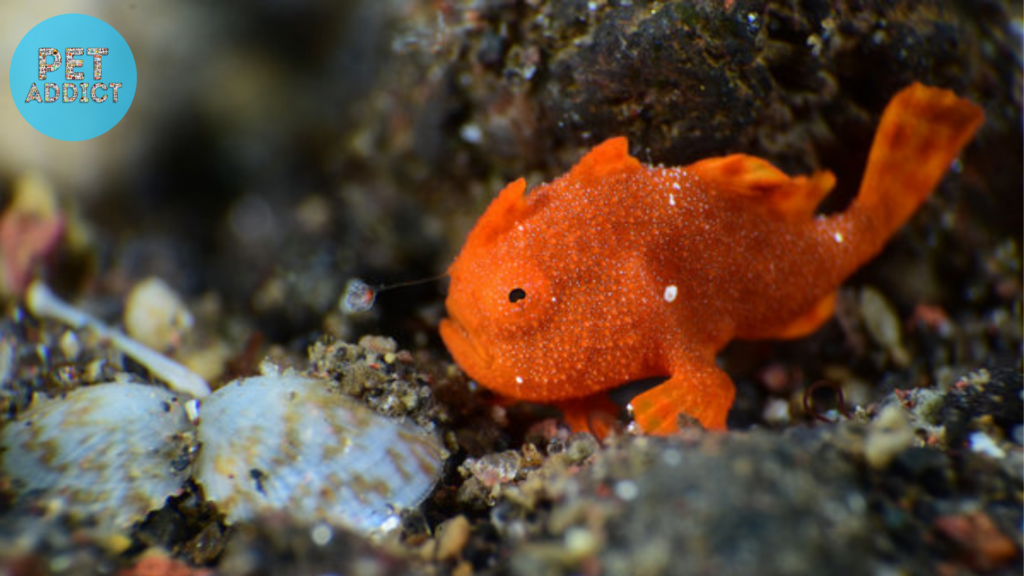
The enigmatic nature of frogfish has captivated the interest of marine enthusiasts and divers alike. As underwater photographers seek to capture their cryptic beauty, researchers strive to unravel the mysteries of their behavior and evolution.
Conclusion
Frogfish are truly nature’s camouflage artists, blending seamlessly into their underwater surroundings and showcasing a remarkable example of adaptation. Their astonishing ability to transform and deceive serves as a testament to the complexity of life beneath the waves. Whether you’re a diver hoping to spot one of these cryptic creatures or a marine enthusiast fascinated by the intricacies of ocean life, the world of frogfish offers an awe-inspiring glimpse into the hidden wonders of our planet’s oceans.

